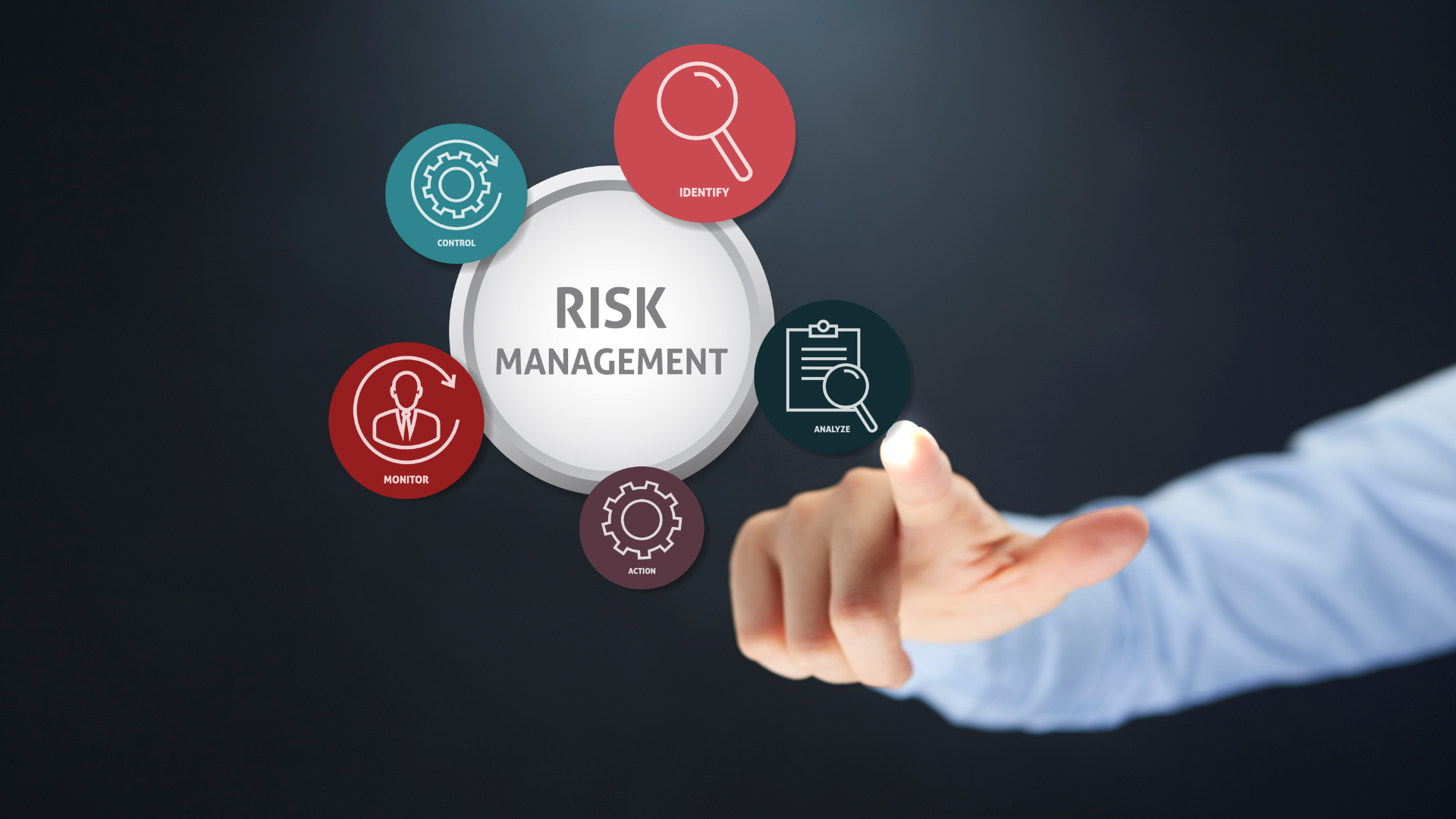A comprehensive risk assessment is based on the comprehensive identification of specific risks within a framework of sources of hazards and the expected frequency of risk events, ranging from continuous to less than one event per century. The impact of climate disasters (e.g., floods, or storms), and COVID-19, should not be overlooked in developing a comprehensive risk assessment.
While the rising occurrence of extreme weather and other natural hazards can be addressed through emissions mitigation, the ability to recover quickly from setbacks needs to be enhanced by addressing vulnerability and the lack of sufficient assets to manage exposure.
The ability to recover quickly from setbacks does not mean that people don’t experience stress, emotional upheaval, and suffering.
Comprehensive Risk Management to Inform Decision-making and Action for Set-backs
As climate change worsens the frequency and intensity of extreme weather events around the globe, countries can no longer afford to deal with the consequences of natural shocks only after they have occurred. More often than not, the financial impact of natural hazards exceeds the costs of investments that could have been made to protect people beforehand. Accordingly, potential impacts need to be reduced as much as possible prior to the occurrence of extreme weather and other natural hazards, while also preparing to respond to the impacts which simply cannot be avoided.
Integrating Adaptation, Disaster Risk Reduction, Management and Response
Comprehensive Risk Management (CRM) responds to this need by integrating adaptation, disaster risk reduction, and disaster risk management. As such, it is both, a conceptual lens for identifying and planning activities, as well as an integrated set of actions that improves setbacks. CRM, therefore, brings together a wide array of stakeholders, to ensure effective and efficient use of knowledge and resources. Its building blocks consist of the phases of planning, preparing, and responding.
At the heart of Comprehensive Risk Management lies the prevention phase, for which Comprehensive Risk Assessment (CRA) is key. It is only when the underlying root causes of vulnerability are properly identified, understood, and combined with exposure assessments that effective measures can be taken to build resilience These entail a broad portfolio of adaptation and risk reduction measures, and risk communication and awareness-raising. The residual risk, which cannot be addressed through adaptation and risk reduction, will then be managed as part of the retention and transfer, preparedness, and response phases.
In most cases, addressing residual risk as part of the retention and transfer phase requires implementing risk financing mechanisms alongside legislative interventions that allow these mechanisms to function.
Moving into the subsequent preparedness phase means leveraging risk assessments to anticipate potential impacts and taking actions instrumental in reducing the number of lives and resources lost. The phase is important since thorough preparedness reduces the financial burden on the retention and transfer phase. Actions enhancing preparedness include both ‘preparing now‘, for example by setting up early warning systems, as well as putting in place response plans to be ready once an event strikes.
The response phase focuses on the period immediately after the occurrence of an extreme event and operationalizes measures supported through access to risk finance. These include immediate life-saving interventions as well as the short and medium-term provision of relief and supply services.
CRM, despite its focus on climate/related risks, can also provide important insights for other shock responses. Currently, the COVID-19 crisis demonstrates how human, social and economic characteristics like income and education determine the extent to which people suffer from the global pandemic.
Climate change is shown as driving a pro-poor adaptation agenda, which could allow current shortcomings in risk reduction to be overcome.
Findings suggest the opinion that disaster risk reduction has the ability to influence the ultimate quality of a construction project, ultimately the success of the project.

Keep Your Employees Safe
Since your employees work almost exclusively outdoors, the weather plays a large role in their daily working conditions. Sometimes, working in rainy or cold conditions is simply unavoidable, so it is important that your employees are prepared and educated on handling the conditions safely. Inclement weather can also impact other responsibilities as an employer, so you need to be prepared as well.
Cold Weather Risks
Working in the extreme cold can be dangerous for employees, and rain and wind intensify that danger. OHS Act has issued guidelines offering precautionary measures to prevent cold stress, which can lead to tissue damage, hypothermia, frostbite and trench foot - a painful condition of the feet caused by long immersion in cold water or mud and marked by blackening and death of surface tissue that can cause serious injury or death. Factors that contribute to cold stress are cold air temperatures, high velocity (speed) air movement, dampness of the air and contact with cold water or surfaces.
Safety in the Cold
There are several precautions that employees should take while working in cold or dangerous weather:
- Take breaks to get warm
- Drink plenty of liquids, but avoid caffeine
- Avoid smoking, which constricts blood flow to the skin
- Be aware of any cold weather-related side effects that their medication may have
- Know and understand symptoms of cold-related illnesses and injuries
- Stretch before physical work to prevent muscle pulls and injuries
- Wear protective clothing when it does not interfere with personal protective gear and equipment
- At least three layers: something close to the skin to wick moisture away, an insulation layer and an outer wind and waterproof layer
- Outer layers should be loose to allow ventilation and prevent overheating
- Hat or hood when not wearing a hard hat, or under the hard hat when necessary
- Insulated boots
- Gloves - not only can the cold cause injuries to exposed skin, but cold hands also make workers more prone to injury when handling machinery or other objects
(Note: In general, OSHA requires employers to pay only for protective gear that is out of the ordinary; employees are responsible for everyday clothing, defined as items that can, and regularly are, worn away from the workplace.)
Employee Training
Cold, rainy or snowy weather can cause unusual conditions and higher risks, so it is important to train employees on safety procedures. They should understand the dangers of exposed skin, insufficient protective wear and cold, wet or slippery equipment. Employees also should be trained to recognize and treat cold-weather illnesses and injuries.
Driving Company Vehicles
Another concern regarding inclement weather is employees who drive a company vehicle as part of their workday. Driving in severe weather can be extremely dangerous, so it is important to take precautions. All vehicles should be given a safety check before the bad weather hits, and they should also be equipped with emergency materials such as a blanket, first aid kit and flashlight.
In order to protect your company against liability, any employees who may drive in bad weather on company time, regardless of whether they drive a company or personal vehicle, should be trained in safe, cautious driving techniques and what to do in case of an accident.
All of these cold and inclement weather provisions should be included in your safety plan and discussed before and during the onset of such weather.
Communication Channels
Whether your employees come in to work on a given day may depend on the weather conditions. In uncertain weather conditions, you may not know until the night before or morning if your employees will be working that day. As such, it is essential that you have communication channels in place to inform your employees, including a backup method if they cannot be reached on their phones.
Be Prepared
Before bad weather hits, you should be prepared, and your employees should be informed of all relevant safety rules and policies to keep in mind. If you are proactive in tackling bad weather conditions, you can minimize the impact on your business and employees as much as possible.
Consequences of Not Conforming to Legal and Specified Requirements
Failure to adhere to legislative instruments will result in business closure until compliance is met. In some instances heavy fines are payable and criminal cases can be opened against the business owners.
Fines: being charged under the Occupational Health and Safety Act with fines, ranging between R50 000 to R100 000, and possible imprisonment of business owners.
- Loss of reputation
- Loss of current or potential staff
- Downtime and loss of productivity
- Incidents and accidents
Financial implications due to bigger amounts that must be paid to the compensation commissioner.
